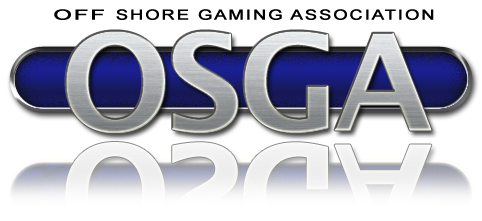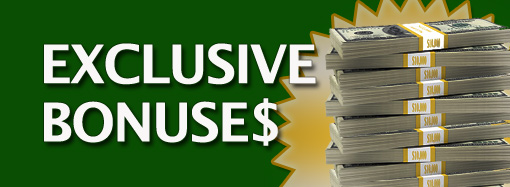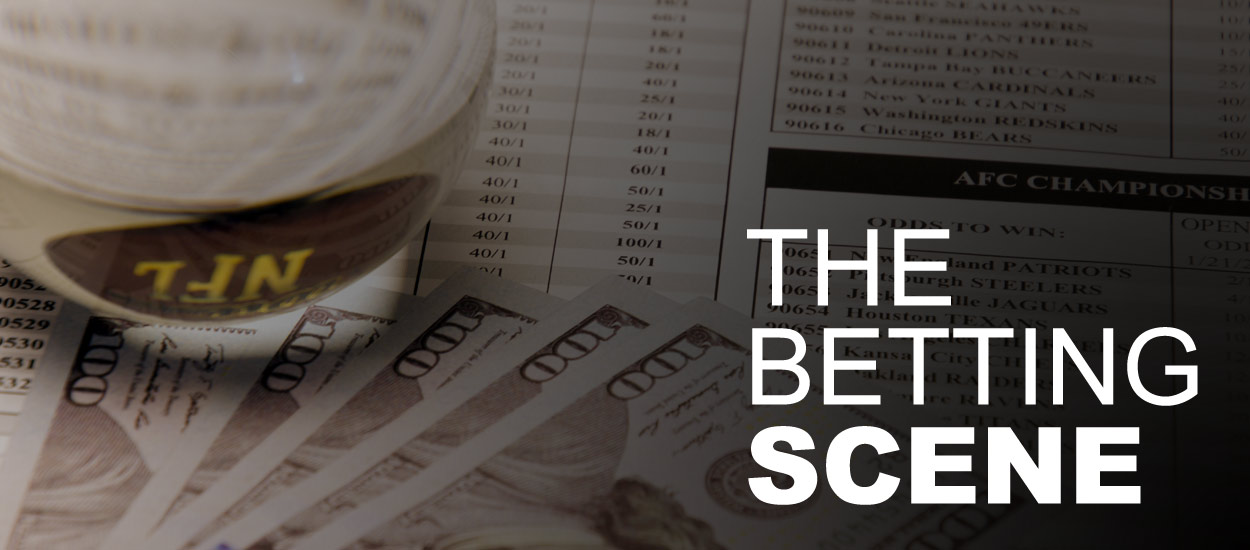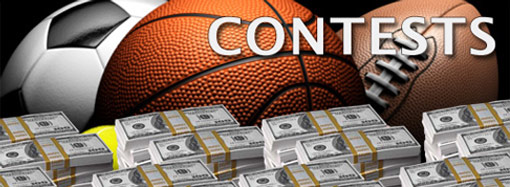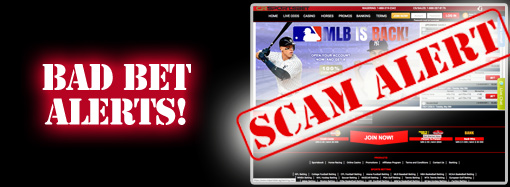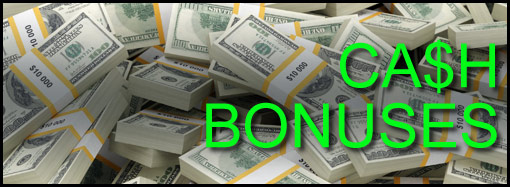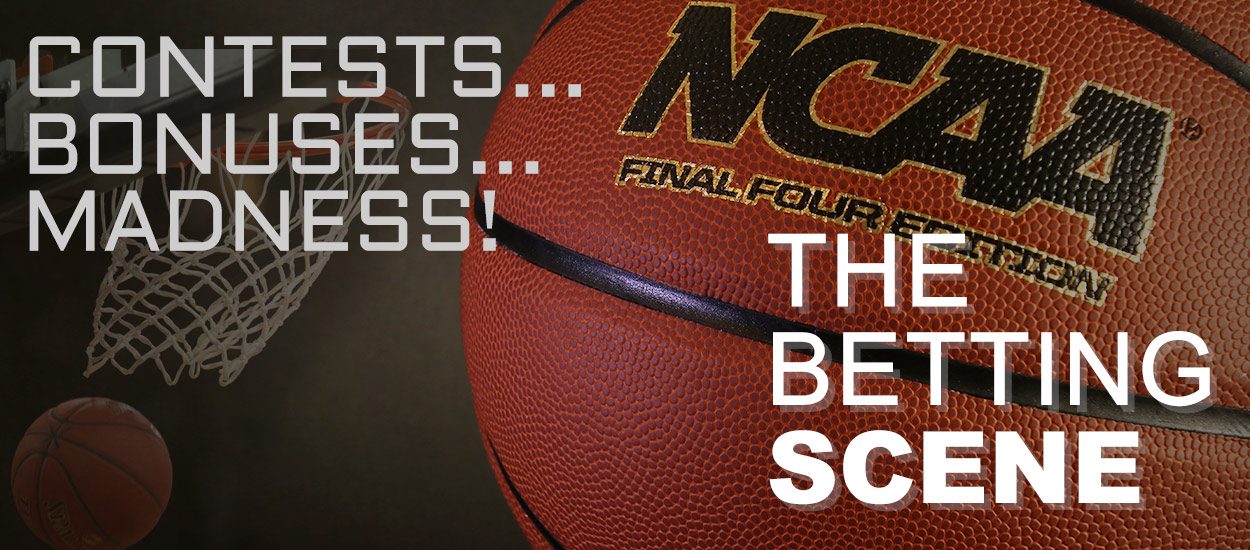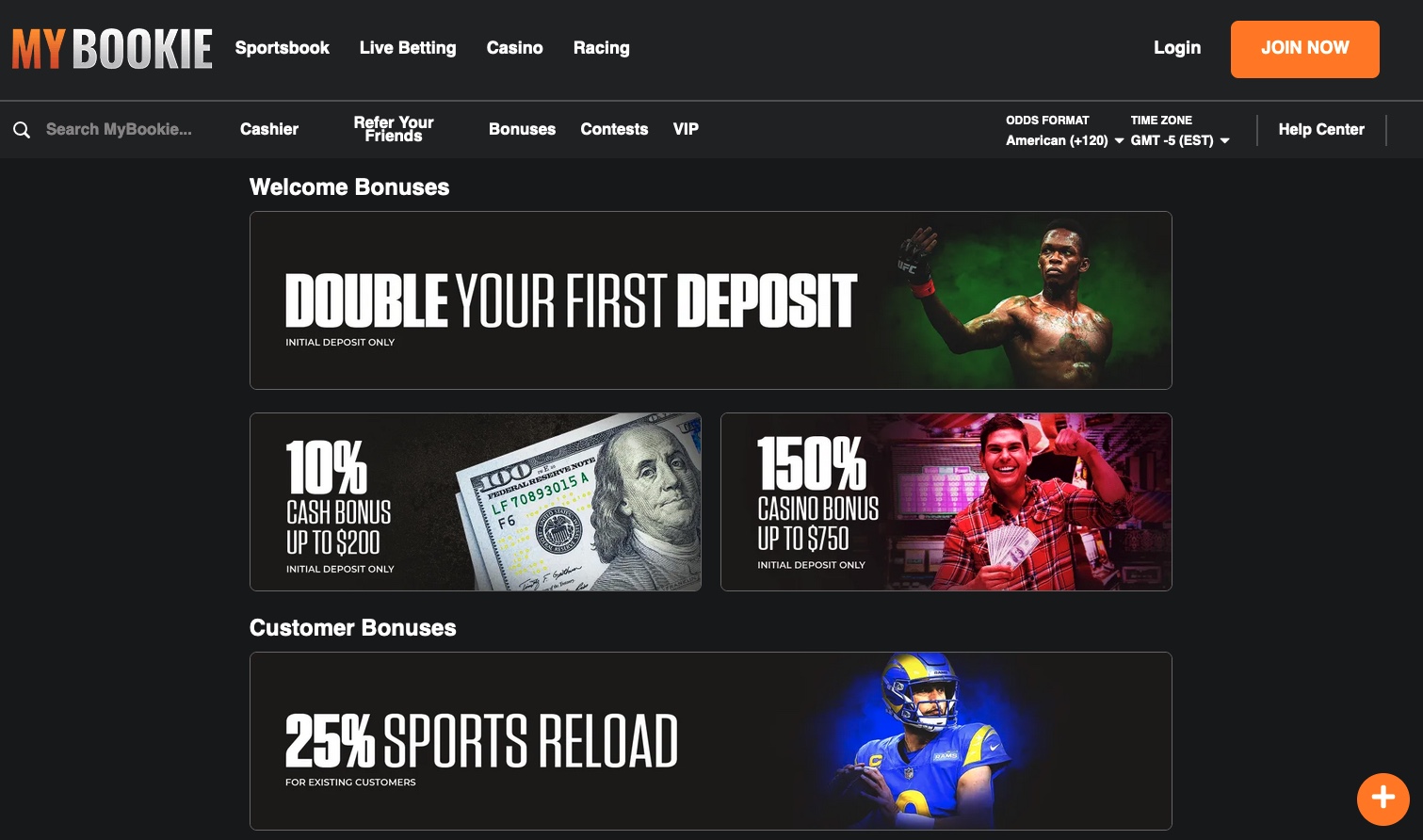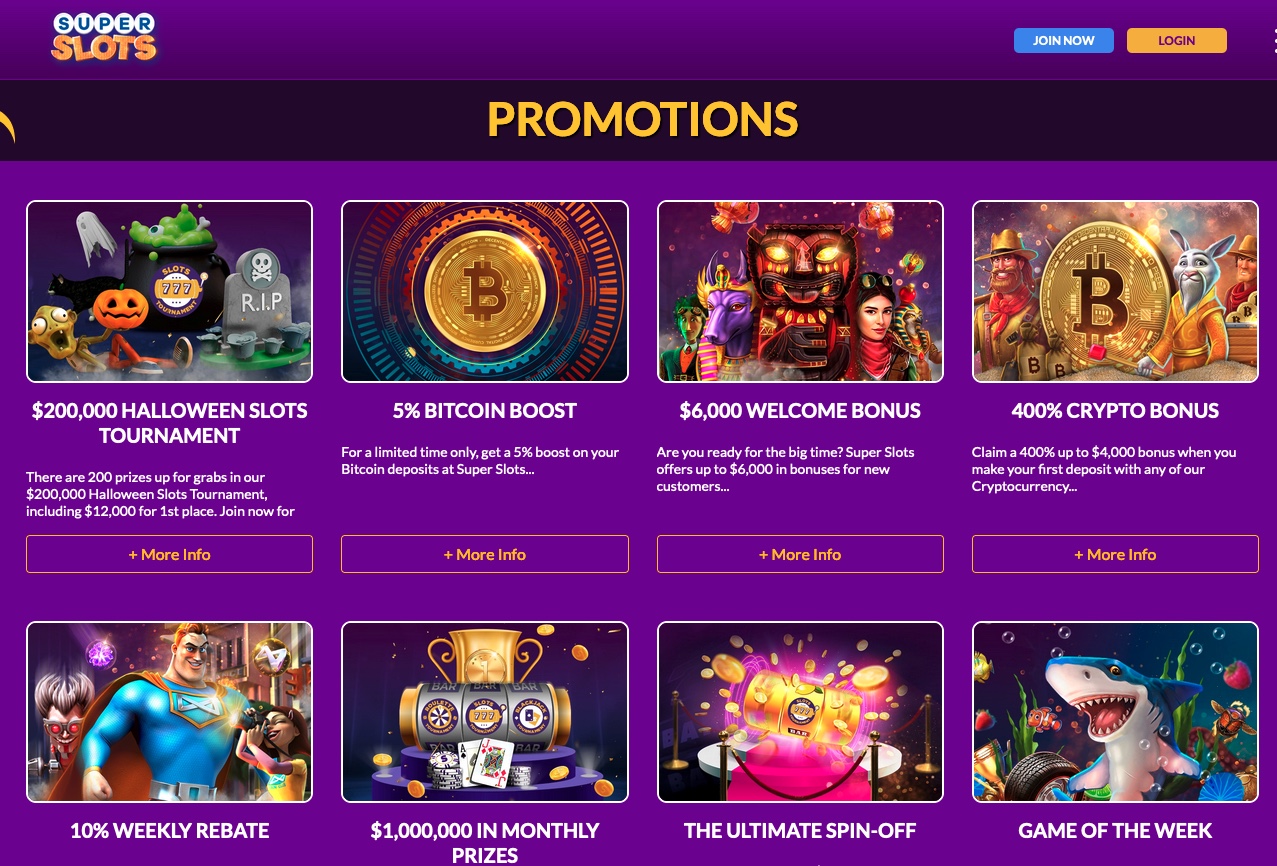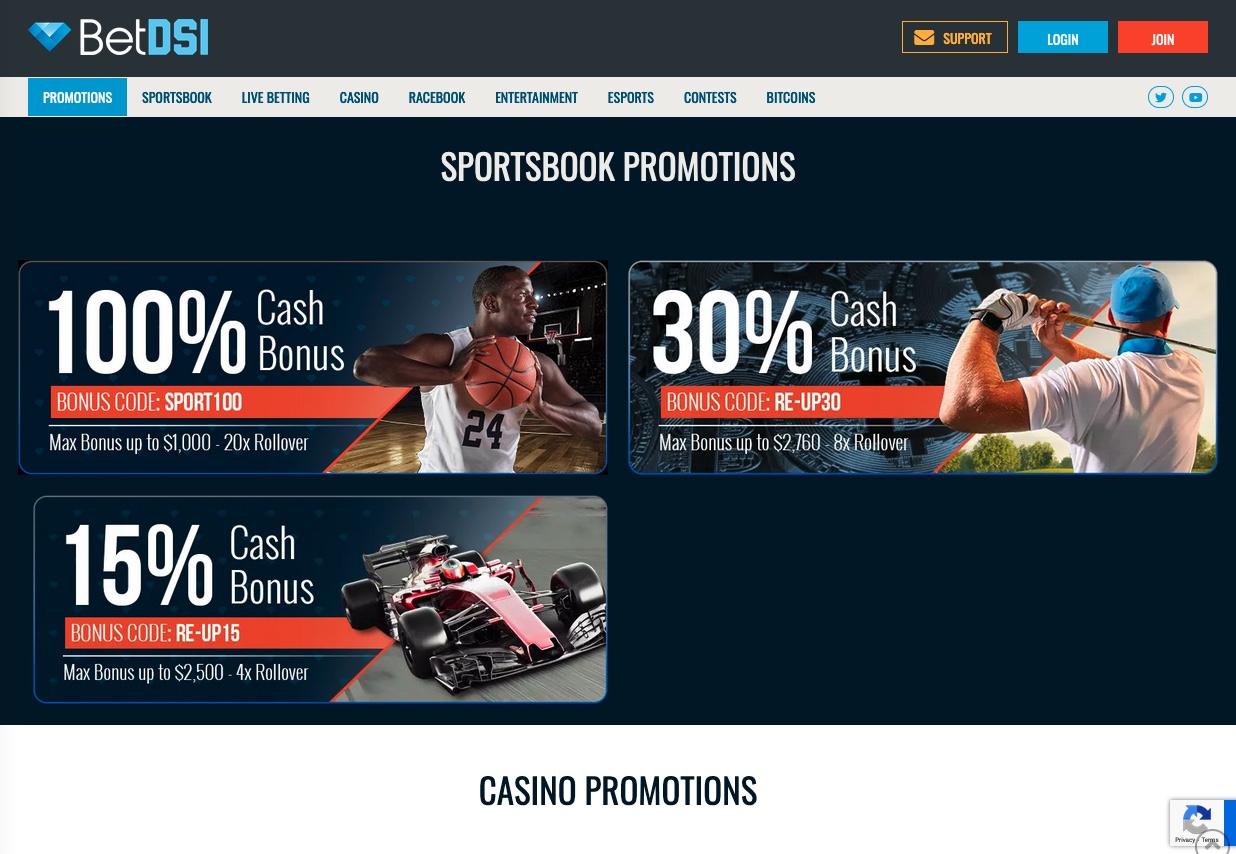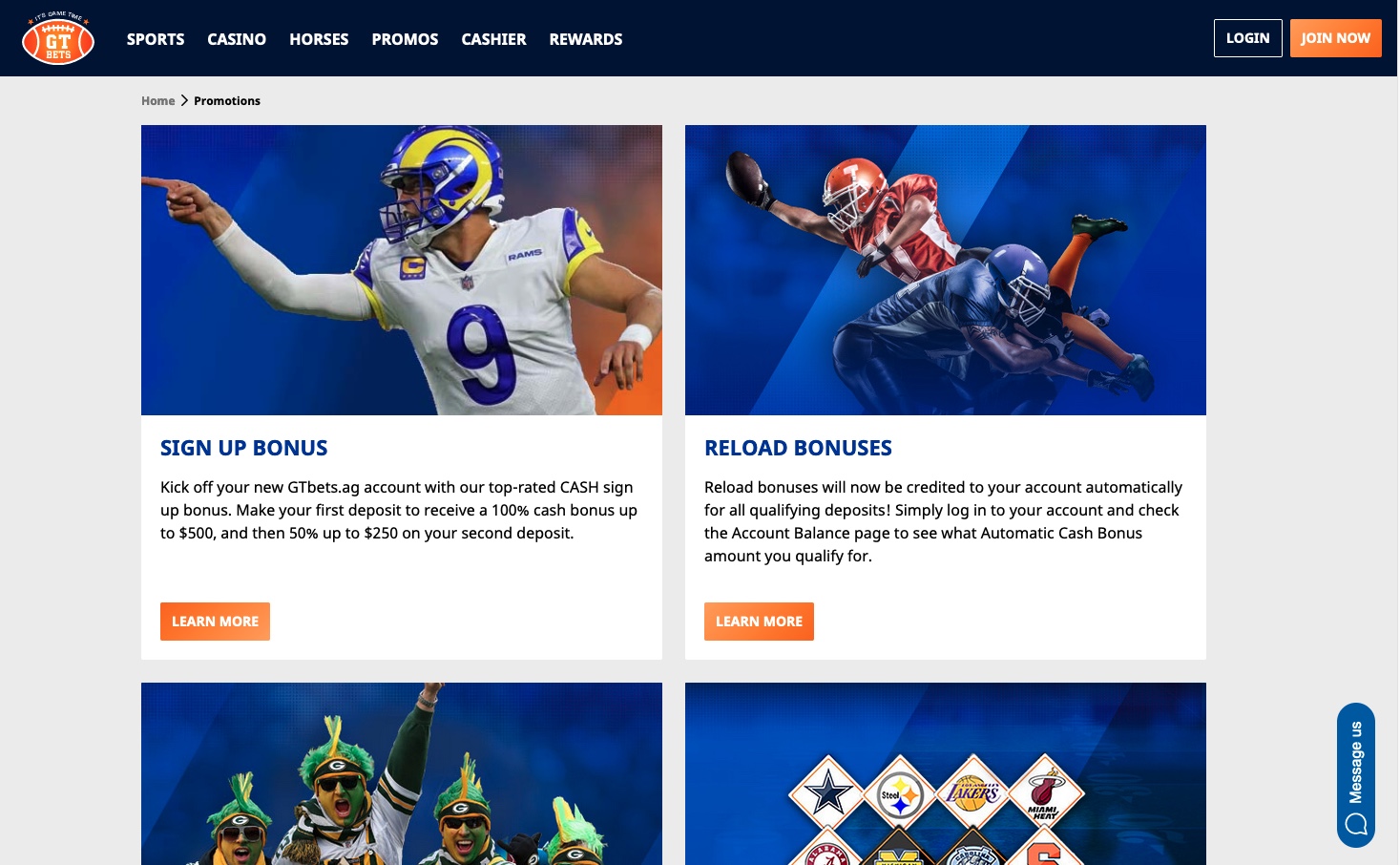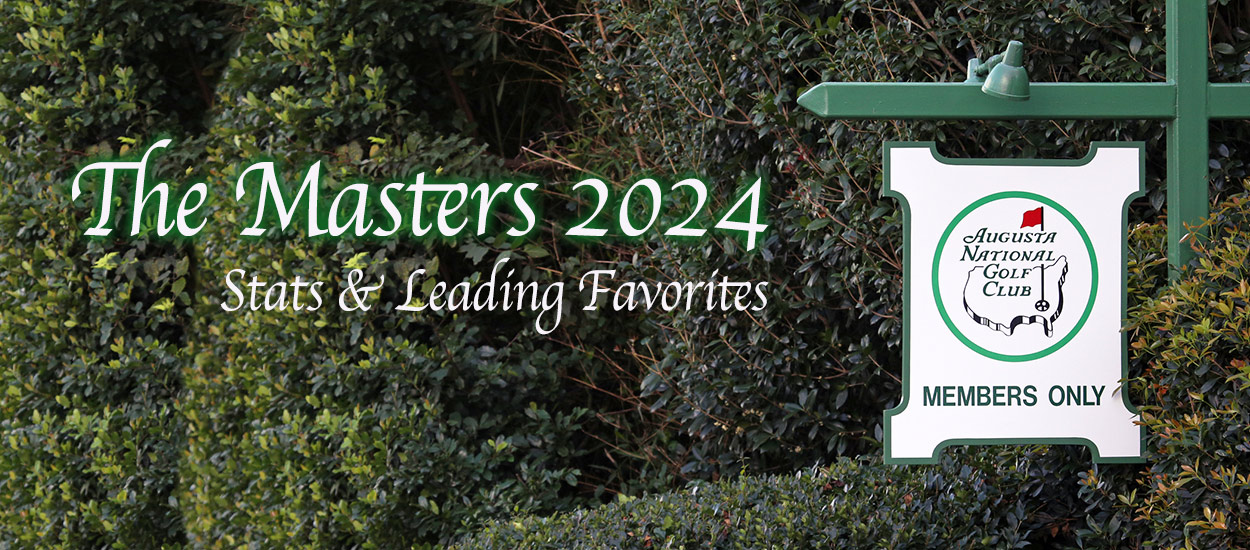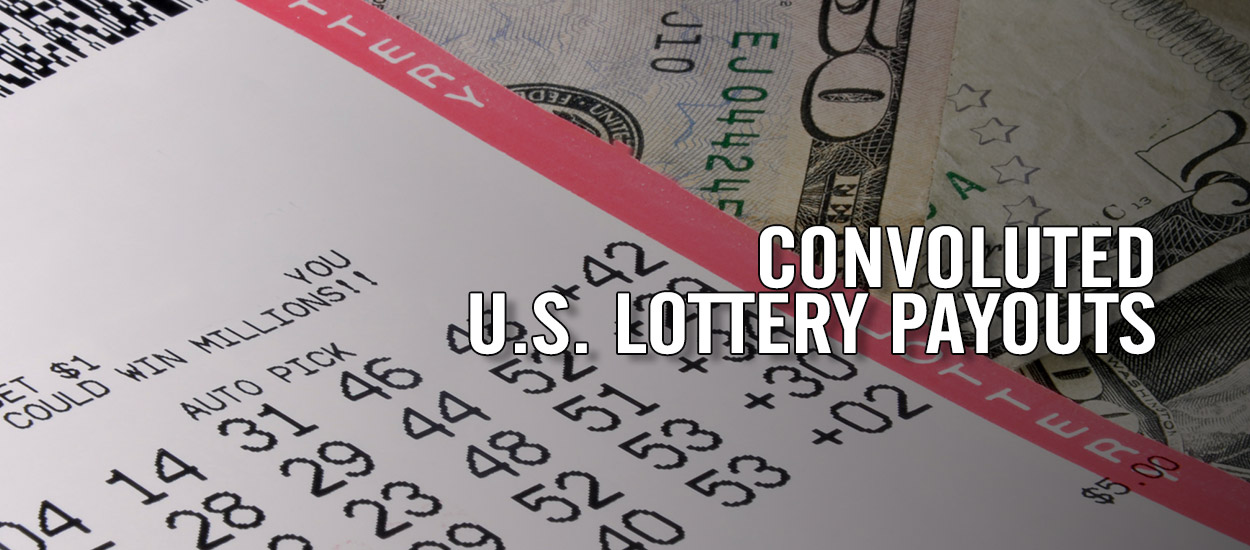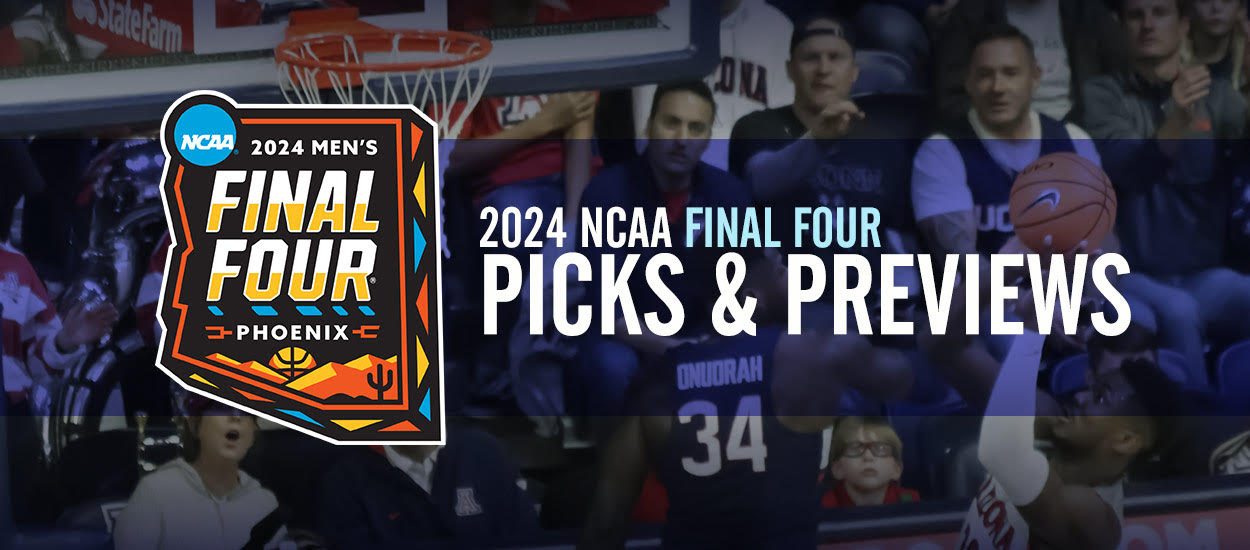Until the 1990s most car racing enthusiasts circled Memorial Day Sunday on their schedule and prepared themselves for a full day of racing with three of the largest races taking place back to back. The Formula 1 Monaco Grand Prix kicks off the day at 8 am ET followed by the Indianapolis 500 starting between 11 a.m. and noon and culminating with the 600 lap NASCAR race at Charlotte, now known as the Coca Cola 600 just before 6 pm ET. Of the three races, the Indianapolis 500 was clearly the most renowned and anticipated race on the schedule due to its history, close racing and star drivers from all auto racing series taking part.
The Indianapolis 500 lost a lot of its luster in the 1990s for various reasons and Indy Car racing has been trying to regain its prestige since. Some history will help identify the reason for its decline.
Until 1979 all open wheel car racing in the United States was run by the United States Auto Club (USAC). But frustration by some owners over low purses and poor television coverage convinced most of the owners in larger teams to set up Championship Auto Racing Teams (CART) where they would have more control over their operations. CART owners believed it needed to become more international for the series to grow so it began attracting international star drivers and adapting more road course races on its schedule. Still it competed with USAC, and the Indianapolis 500 included drivers from both series and remained the crown jewel for both CART and USAC. Eventually CART became more popular internationally, but started losing popularity in North America as U.S. viewers preferred watching the ovals and wanted to see more American drivers racing. Consequently, a group of directors, including Tony George, the President of Indianapolis Motor Speedway, proposed changes to the format of Indy racing to try and win fans back. CART owners balked at the changes, so in 1994 George created the Indy Racing League (IRL), an offshoot of USAC which was completely run on ovals and had included almost exclusively American drivers, although the most successful and popular drivers were non-Americans, like Arie Luyendyk from the Netherlands, Kenny Brack from Sweden and Scott Goodyear from Canada. The best drivers in Indy car racing all ran in the CART series and the most successful and innovative team owners all worked in CART, including Penske Racing, Chip Ganassi Racing, Newman-Haas racing and Team Green (Andretti racing).
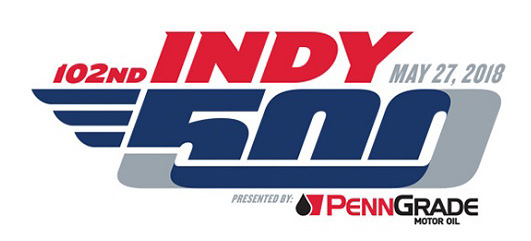 In 1996 Tony George decided to try and bump up the prestige of IRL by guaranteeing 25 spots to the top drivers in IRL, leaving only 8 spots for CART drivers. CART unsuccessfully sued IRL to have that rule changed and IRL sued CART to force them to drop the term “Indy” from their branding, as this was copyrighted to the Indianapolis Motor Speedway. As a result of the rule, CART teams decided not to race any cars in the Indianapolis 500 from 1997 to 1999 and in those years the Indianapolis 500 was being won by inferior drivers on inferior teams, including Eddie Cheever, a driver/owner. In addition, the IRL engines were struggling to last the full 500 miles often leaving most of the field out of the race by around lap 75. The result was a complete disinterest in both series by fans and ratings and attendance started to plummet for all Indy car racing. CART’s attempt to introduce a similar type race to the Indy 500, known as the World 600 failed miserably and viewership was extremely low. In 2000 Chip Ganassi broke rank and ran two cars in the Indianapolis 500 winning the race with Juan Montoya and in the next three years Roger Penske, Andretti Racing and Newman-Haas Racing all returned to run cars in the Indianapolis 500 and eventually became full members of IRL. Naturally, the mediocre IRL drivers faded away, but Tony George got his way gaining control of both the Indianapolis 500 and control of all Indy car racing after CART filed for bankruptcy in 2003. It disbanded completely 4 years later.
In 1996 Tony George decided to try and bump up the prestige of IRL by guaranteeing 25 spots to the top drivers in IRL, leaving only 8 spots for CART drivers. CART unsuccessfully sued IRL to have that rule changed and IRL sued CART to force them to drop the term “Indy” from their branding, as this was copyrighted to the Indianapolis Motor Speedway. As a result of the rule, CART teams decided not to race any cars in the Indianapolis 500 from 1997 to 1999 and in those years the Indianapolis 500 was being won by inferior drivers on inferior teams, including Eddie Cheever, a driver/owner. In addition, the IRL engines were struggling to last the full 500 miles often leaving most of the field out of the race by around lap 75. The result was a complete disinterest in both series by fans and ratings and attendance started to plummet for all Indy car racing. CART’s attempt to introduce a similar type race to the Indy 500, known as the World 600 failed miserably and viewership was extremely low. In 2000 Chip Ganassi broke rank and ran two cars in the Indianapolis 500 winning the race with Juan Montoya and in the next three years Roger Penske, Andretti Racing and Newman-Haas Racing all returned to run cars in the Indianapolis 500 and eventually became full members of IRL. Naturally, the mediocre IRL drivers faded away, but Tony George got his way gaining control of both the Indianapolis 500 and control of all Indy car racing after CART filed for bankruptcy in 2003. It disbanded completely 4 years later.
That split in Indy car racing was devastating to the series as a whole as fans turned away from the series both in track attendance and in TV viewership. The Coca Cola 600 became far more popular than the Indianapolis 500 and Indy Car (the new name for the IRL/CART merger) has been struggling ever since to convince fans to return to the racing series they knew and loved. That changed somewhat in 2005 when Danica Patrick joined the series. Her popularity and relative success convinced more women to start watching the series and her raunchy ads for GoDaddy won over more than a few younger men. When Danica left Indy Car racing to join NASCAR in 2010 the ratings tumbled again.
Indy Car then changed management and started to focus more on marketing. The series teamed up with NBC and began airing races on NBCSN, which was far more successful than it had been with ABC. In fact, the series indicated that viewership had gone up by 78% in the last 4 years and starting next year all races including the Indianapolis 500 will be aired on NBC.
“We’re excited to have NBC Sports serve as the exclusive home of INDYCAR, which represents the most competitive open-wheel racing in the world,” said Jon Miller, president, programming, NBC Sports and NBCSN in a press release. “We’re honored to bring the Indianapolis 500, one of the most prestigious events in all of sports, to NBC, further enhancing NBC Sports’ ‘Championship Season.’ We’ve seen consistent growth for INDYCAR on NBCSN in the past decade, and we hope to continue that growth throughout the series by leveraging the television, digital, production and marketing assets that make NBC Sports a powerful media partner.”
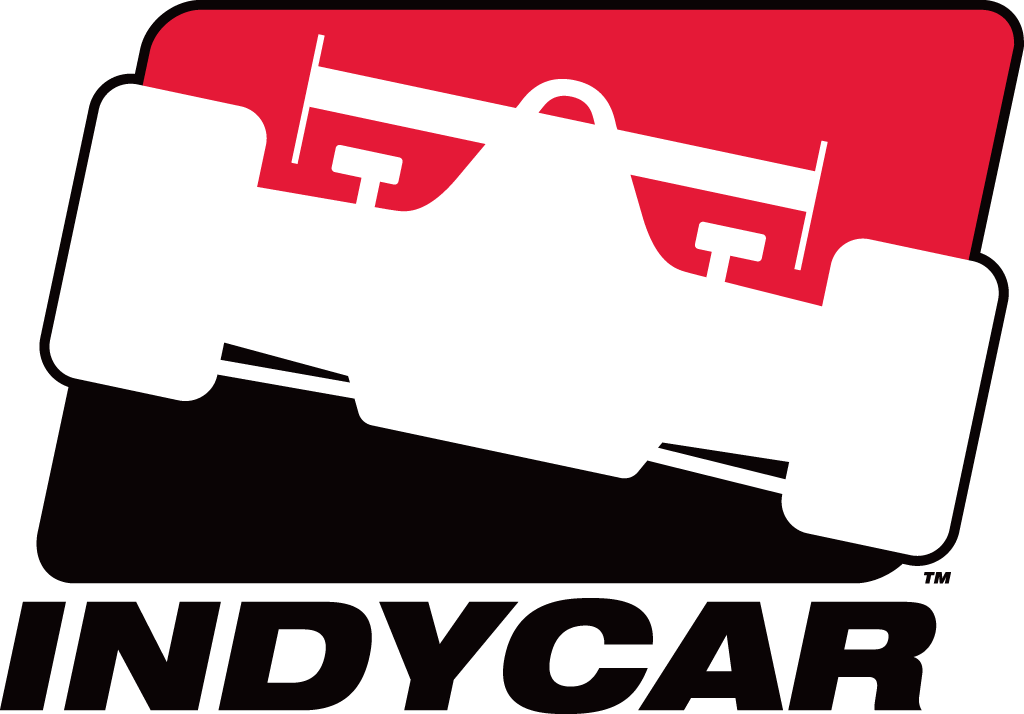 Moreover, management started convincing drivers to get more involved in endeavors to help promote the series, a formula that has worked wonders for NASCAR. Helio Castroneves competed in and won Dancing with the Stars and that appearance alone won over many female fans. James Hinchcliffe followed on the show a couple of years later and more recently Alexander Rossi (last year’s Indianapolis 500 winner) and Conor Daly appeared on the Amazing Race. As well Indy Car drivers make appearances in nearby towns for autograph sessions prior to race weekends and drivers are extremely popular in Canada and Mexico as a result. They help promote themselves, the series, their teams and the Indianapolis 500 and they even have media scrums. Popular drivers have started showing up more regularly on network talk shows to promote the Indianapolis 500 and fundraising endeavors have helped bring more notoriety to the series as well. Last year the series was also given a huge boost when the very famous and popular F1 driver Fernando Alonso decided not to run at Monaco and instead ran for McLaren via Andretti Racing at the Indianapolis 500. That move alone attracted attention worldwide.
Moreover, management started convincing drivers to get more involved in endeavors to help promote the series, a formula that has worked wonders for NASCAR. Helio Castroneves competed in and won Dancing with the Stars and that appearance alone won over many female fans. James Hinchcliffe followed on the show a couple of years later and more recently Alexander Rossi (last year’s Indianapolis 500 winner) and Conor Daly appeared on the Amazing Race. As well Indy Car drivers make appearances in nearby towns for autograph sessions prior to race weekends and drivers are extremely popular in Canada and Mexico as a result. They help promote themselves, the series, their teams and the Indianapolis 500 and they even have media scrums. Popular drivers have started showing up more regularly on network talk shows to promote the Indianapolis 500 and fundraising endeavors have helped bring more notoriety to the series as well. Last year the series was also given a huge boost when the very famous and popular F1 driver Fernando Alonso decided not to run at Monaco and instead ran for McLaren via Andretti Racing at the Indianapolis 500. That move alone attracted attention worldwide.
The increased popularity in the series is also being reflected in betting. Las Vegas sportsbooks indicated a significant increase in betting on the Indianapolis 500 and on Indy car racing in general the last three years and one offshore sportsbook manager said he expects betting on the Indianapolis 500 to exceed the amount bet on the Coca Cola 600, which he said would be a first since he started running his Caribbean-based sportsbook. And no doubt with the repeal of PASPA betting on all auto racing, including the Indianapolis 500, will increase as states start licensing sports books and legally take bets on auto racing.
One blow to the Indianapolis 500 this year was the loss of Honda’s key spokesperson James Hinchcliffe. The popular Canadian driver failed to set a time fast enough to make the top 33 spots as did negotiations by team owner Sam Schmidt to obtain a ride from another team means Hinchcliffe will miss the race. That will be a blow to viewers as well as to Hinchcliffe’s chances of winning the Indy Car championship since the Indy 500 is a double points race.
Indy 500 Predictions
My predictions for the race are that it will go to one of the Penske cars, most likely Josef Newgarden, Will Power or Helio Castroneves all at odds around 10/1. My longshot pick is Robert Wickens at 30/1 odds. The Canadian rookie has been extremely competitive in all races this year and has the fortitude to make a late move when necessary. Defending champion Takuma Sato, a 50/1 longshot last year, starts 16th while Alexander Rossi, the shock 75/1 winner two years ago, starts second last but is still the 8/1 favorite for this year’s race. It’s good to see the renewed interest in one of the most exciting car races in the world.
Read insights from Hartley Henderson every week here at OSGA and check out Hartley's RUMOR MILL!


